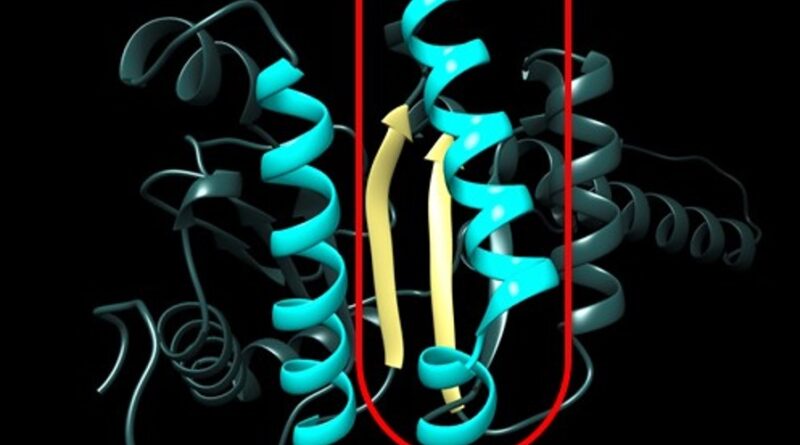Sumitomo Rubber experiment opens the door to natural rubber bioengineering
Tokyo, Japan – Sumitomo Rubber Industries, Ltd. announced that, through joint research undertaken with Associate Professor Seiji Takahashi of Tohoku University, Associate Professor Satoshi Yamashita of Kanazawa University and Professor Yuzuru Tozawa of Saitama University, they have identified the segment of natural rubber synthase that plays an important role in controlling natural rubber polymer chain lengths. Further, by recombining this important segment for controlling natural rubber polymer chain lengths with an enzyme derived from tomatoes, they have now succeeded in synthesizing a biopolymer that features a structure not found in nature.
Through this research, they succeeded in discovering the important segment that affects chain length by comparing the structures of the enzymes involved in the synthesis of natural rubber (i.e. long chains) with the structures of the enzymes involved in isoprene chain synthesis of tomatoes (i.e. short chains), as both of these enzymes belong to the same enzyme group and share similar structures.
It was also found that replacing this important segment of the tomato enzyme with the same segment from the natural rubber synthase resulted in a modified enzyme that synthesized polyisoprene with chain lengths comparable to natural rubber. The use of this modified enzyme allowed us to utilize a starting substrate that is unlike natural rubber synthase in order to successfully synthesize a biopolymer not found in nature as the product of the resulting synthesis reactions.
These results were recently announced at the DKT IRC expo and conference, which was held this past June 27th through 30th in Nuremburg, Germany. Moving forward, the Sumitomo Rubber Group will continue working to contribute to the realization and prosperity of a sustainable society through our ongoing efforts to ensure a stable supply of natural rubber while providing tires that combine safety and peace of mind with reduced environmental impact.

